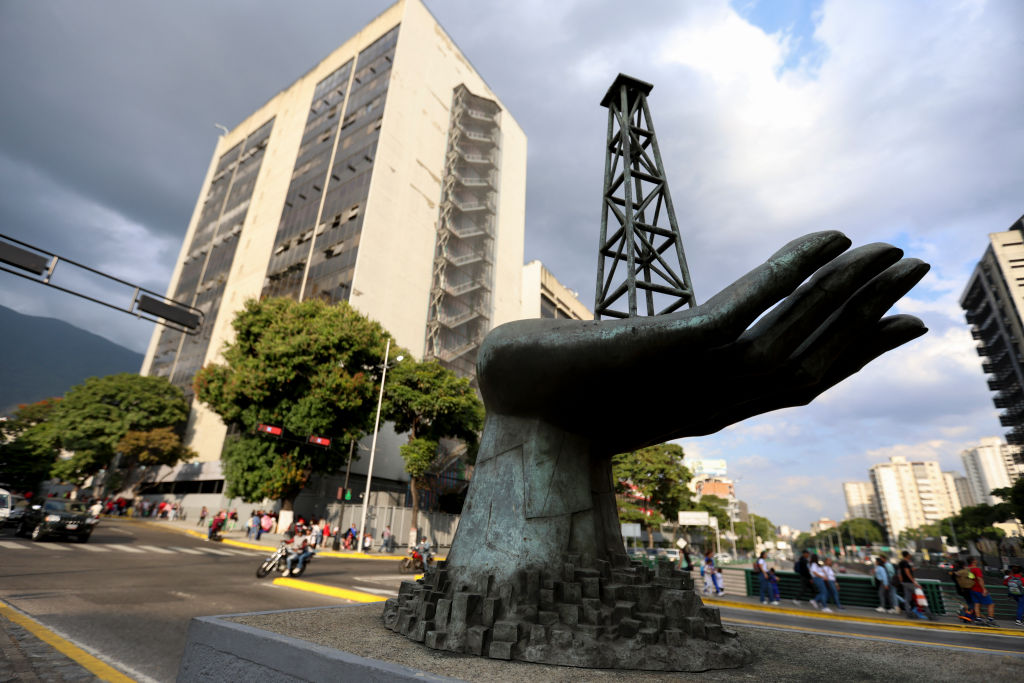U.S. Drought: A Boon for Argentina and Brazil?
U.S. Drought: A Boon for Argentina and Brazil?
The worst drought to hit the United States in half a century is boosting Argentine and Brazilian corn and soy producers.
Argentina and Brazil are reaping the benefits of soaring corn and soy prices due to a historic drought in the United States. Though a springtime drought in the Southern Cone led to a drop in global grain production, Argentine and Brazilian yields have proved sufficient to help fill the gap in U.S. crop output. Now, the United States—the world’s top producer of corn and soy—is receiving imports from Brazil and seeing increasing competition from Argentina.
Amid the worst drought in 50 years, the United States began importing corn from Brazil to use for animal feed. In recent weeks, U.S. corn prices spiked as the drought affected 88 percent of the country’s corn crops. As a result, some U.S. meat producers chose to buy Brazilian corn by paying $12 per ton less than U.S. corn, which costs a whopping $324 per ton of domestic corn. The corn price increase couldn’t come at a better time for Brazil. Given increased capital flows and improved fertilizers, Brazil is enjoying a record corn harvest, estimated at 70 million tons. Fourteen of those tons will be exported to the United States. "It's out of the ordinary, but it has happened before. It's just emblematic of how these high (U.S. corn) prices are rationing demand," commodities analyst Rich Feltes told Reuters.
This strange turn of events is significant given long-running tensions between agricultural producers in the United States and Brazil over U.S. corn subsidies. Until this year, the United States had imposed a 54 percent-per-gallon tax on Brazilian ethanol in order to protect U.S. corn ethanol producers. Around 40 percent of U.S. corn crops are used to produce ethanol, and the drought brought U.S. ethanol production to the lowest levels in nearly four years. Consequently, Brazilian sugar ethanol producers are benefiting by selling to the United States at lower prices.
The United States drought also caused an increase in soybean prices. Argentina, the world’s third largest soy producer, expects “windfall profits” as it fills the U.S. production gap. Brazil, too, could see increased profits as soy production is expected to reach 82 million tons at the upcoming harvest.
The rise in U.S. prices could also increase competition for corn exporters to one of the world’s largest markets: China. Argentina will start exporting corn to China for the first time, announced the country’s minister of agriculture in May. Argentina is already a major soy provider for the Asian giant, and could become the number two corn exporter to China after the United States. Brazil is also slated to increase corn exports to China, given a bilateral agreement signed in June.
Learn More:
- Read about the drought in the United States and see a map of the worst-hit areas from the Associated Press.
- Read about Brazilian corn exports to the United States in the Financial Times.
- Read about Argentina’s first-ever corn exports to China from Diario de Mendoza.








